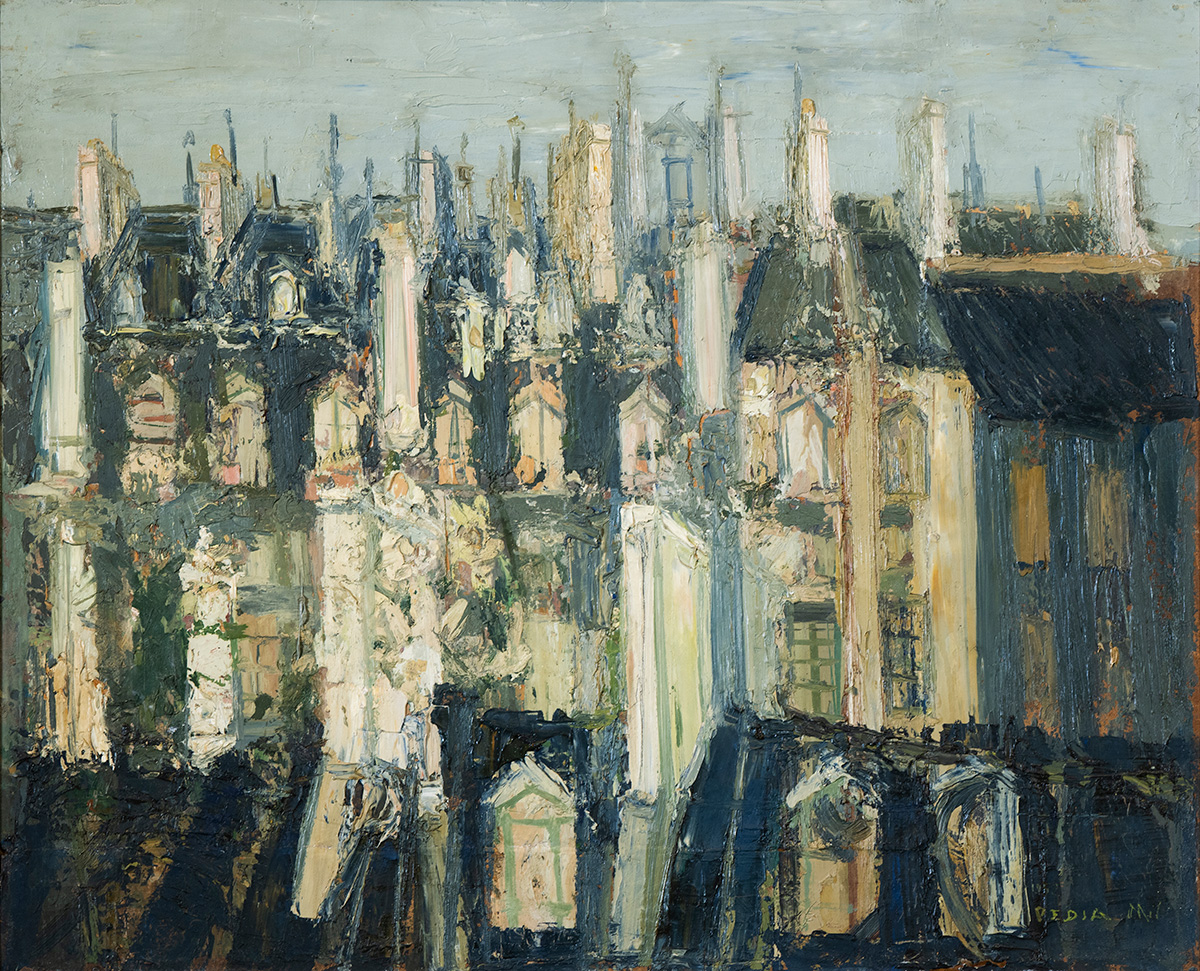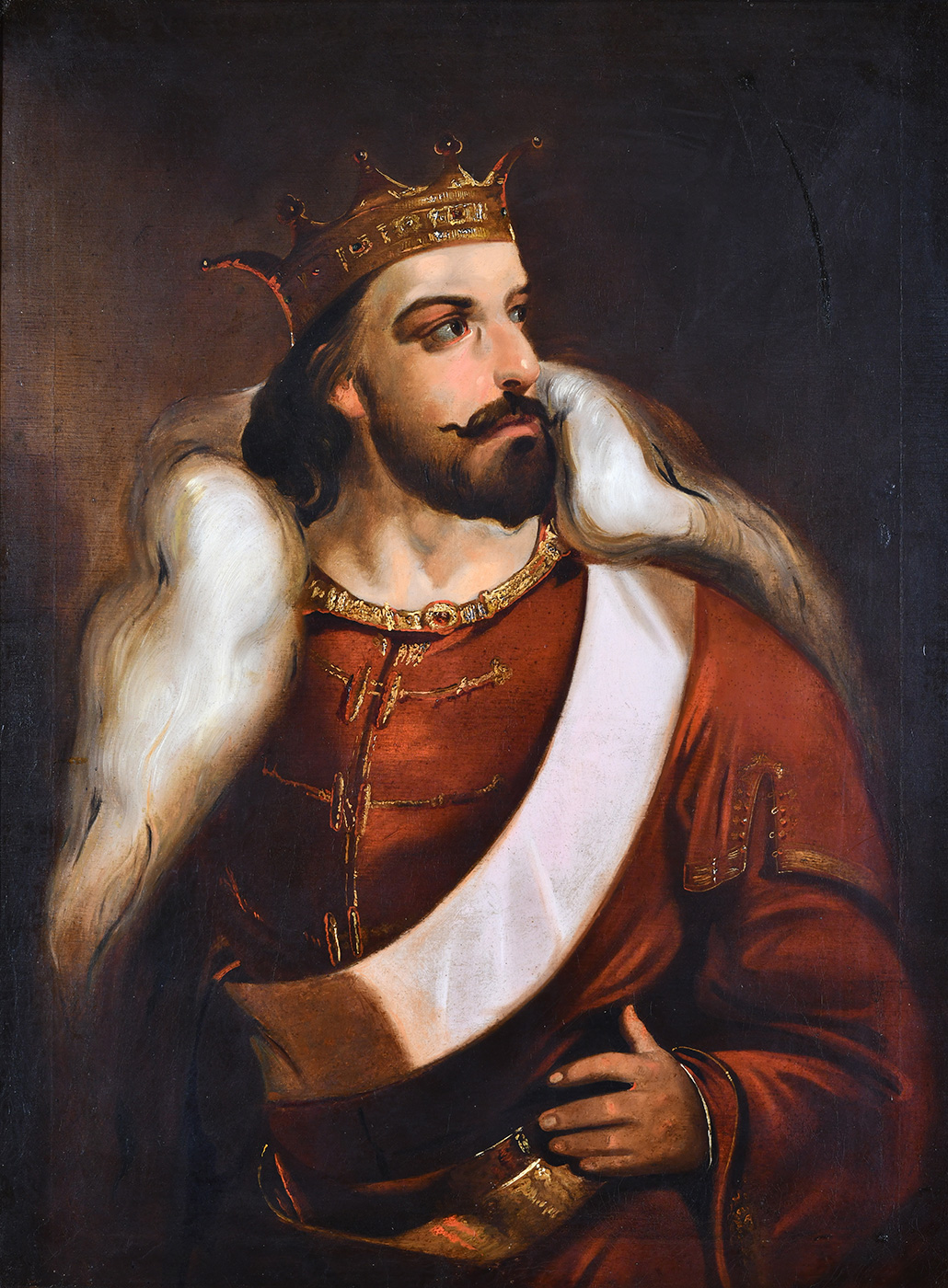Chronology of Serbian Art
From Zografs to the Enlightenment. Serbian culture of the 18th century is inextricably linked with religious art as a symbol of religious identity. The most influential social figures were associated with the church, which is why the patrons of the time included high-ranking Orthodox hierarchs, as well as the nobility and affluent bourgeoisie clustered around them. Their view of the world and the desire to strengthen national identity also determined artistic trends. The art of the 18th century may therefore be viewed through the prism of the prevailing social ideas embraced by the patrons of Serbian culture. The migration of Serbs to the territory of the Habsburg monarchy in 1690 heralded major changes and the adoption of Baroque culture, which was evident in the popularization of graphic art, the prohibition of the work of zografs and the emergence of portraits and self-portraits.
Between Faith and Nation. Serbian art of the 19th century was influenced by the living conditions of the Serbian people within the Habsburg monarchy and the Ottoman Empire. This period is marked by the fight for liberation, endeavors aimed at the unification of the Serbian people and the establishment of an independent state. Artistic creation was shaped by the experiences of the authors who had studied at European art academies and schools. The art reflected the current historical circumstances and the national aspirations of the Serbian people, by depicting themes and personalities from medieval times, as well as significant events and heroes from the recent past and modern times.
The Artist and the Bourgeoisie. In the course of the 19th century, the newly-emerging, Europeanized and affluent Serbian bourgeoisie spearheaded social change and began commissioning works of art. The ever-growing demand for portraits was driven by the desire of the new class to emphasize their social status and be represented in public. In addition to portraiture, new themes also developed in Serbian art, namely: still life, landscape, nude, and genre painting. During their studies at the art academies of Vienna and Munich.

Đorđe Krstić
The First and the Second Serbian Uprising – An Allegory, 1905

Konstantin Danil
Roksanda Jagodić of Krnjača, 1825

Predrag Peđa Milosavljević
Rooftops of Paris, 1952

Georgije Đura Jakšić
Emperor Dušan, 1857

Ljubica Cuca Sokić
Self-portrait with White Headscarf, 1936–1939

Katarina Ivanović
Still Life with Goldfinch, 1840

Unknown 16th century iconographer
Annunciation, second decade of the 16th c.

Teodor Kračun
Virgin Mary the Life-giving Spring, ca. 1780